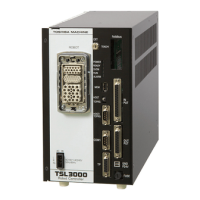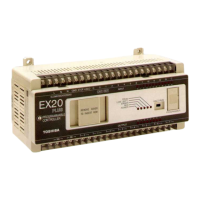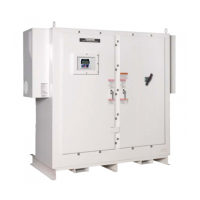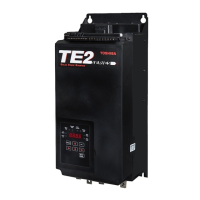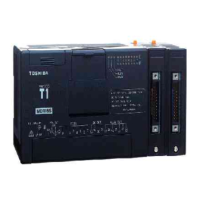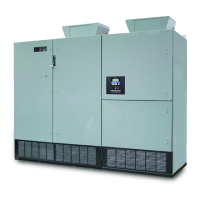GX9 ASD Installation and Operation Manual 225
Alarms
Table 12 lists the alarm codes that may be displayed during operation of the GX9 ASD. Each alarm code
listed is accompanied by a description and a possible cause. In the event that the source of the malfunction
cannot be determined, contact your TIC Sales Representative for further information on the condition and
for an appropriate course of action.
The Alarms are listed in the top-down order that they are checked for activation. Only the first to be
detected will be displayed on the Frequency Command screen.
Note: Some User Notification conditions and Alarms may be annunciated via a discrete
output terminal setting. See Table 10 on pg. 222 for a listing of the possible system
conditions that may be associated with an output terminal.
Table 12. GX9 ASD Alarms.
LED
Screen
LCD
Screen
Description
Possible Causes/
Troubleshooting
CM1 Communication Error
(scan error)
Internal communications error. • Improperly programmed ASD.
• Improper communications settings.
• Improperly connected cables.
CM2
Communication alarm
2 (RS232/RS485/TTL
error)
External communications error.
EF Earth Fault Active ground fault. • Ground fault at the motor.
• Ground fault at the output of the ASD.
• Current leakage to Earth Ground.
EFU DC Fuse Open Incorrect current reading at DC
fuse circuit.
• Open circuit at DC bus circuit.
ERR1 Point Setting Error Incorrect setup at an analog
input (e.g., VI/II, RR, etc.).
• Gain and bias settings for an analog input are
either the same or too close to each other (e.g.,
F201 and F203 are equal).
LOd PID Low Output
Disable
LOD function enabled and the
output frequency is less than the
F732 setting.
• Disable the LOD function at F731 or increase the
Low Output Disable Start Level at F732.
MOFF Main Power Under-
Voltage
Under-voltage condition at the
3-phase AC input to the ASD.
• Low 3-phase commercial voltage.
OC Over-Current ASD output current greater than
F601 setting.
• Defective IGBT (U, V, or W).
• ASD output to the motor is connected incorrectly.
• ASD output phase-to-phase short.
• The ASD is starting into a spinning motor.
• Motor/machine jammed.
• Mechanical brake engaged while the ASD is
starting or while running.
• Accel/Decel time is too short.
• Voltage Boost setting is too high.
• Load fluctuations.
• ASD operating at an elevated temperature.
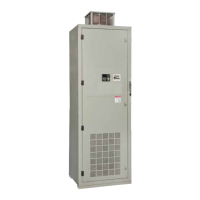
